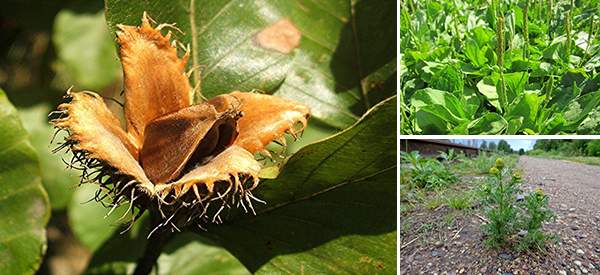
21 Wild Edibles You Can Find in Urban Areas
You don’t have to leave the city to get started foraging. Life finds a way, even through sidewalk cracks and abandoned lots. Once you learn to identify basic urban food plants, street trees that you’ve walked by hundreds of times will suddenly come alive with possibility. Who knew you some of the most popular shade and landscape trees are also tasty edibles?
Beyond that, humans are resourceful. Weeds are resilient, but so are we. If there’s a plant that can grow just about anywhere under any conditions, we’ve likely found a way to eat it. There have been lean times in the past, and there will be again.
#1. Clover
Wild clover is everywhere, and easy to identify. It pops up in lawns and out-competes grass in areas with high traffic, shade, or over-watering. Clover blossoms can be eaten fresh, for a sweet treat. They can also be dried and made into mineral-rich tea. Lastly, they were used by our ancestors to stretch wheat flour.
Dried clover blossoms, ground with a mortar and pestle, can be substituted for up to 50% of the wheat flour in recipes.
#2. Oak
Acorns are a protein-rich survival food, and oak trees are abundant as street and landscape trees in urban environments. It takes a bit of work to remove the tannins and make them edible, but the payback is worth it. This cold leaching method leaves more nutrients in the acorns than other methods and doesn’t require any added energy or fuel.
Acorn flour can be substituted for half the flour in traditional recipes, like these acorn flour chocolate chip cookies. It can also replace almond flour in paleo and gluten-free recipes.
#3. Dandelion
These days you can find dandelion greens at high-end organic markets, selling for more than $20 per pound. Or you can just pick them up from your yard for free.
It does take a little attention to detail to pick good dandelion greens. The greens turn stringy and bitter once the flower stalk begins to develop, so harvest leaves from dandelion rosettes before the flower stalk begins to form.
Dandelion blossoms can be eaten fresh or made into jellies or wine. The roots, like the leaves, are bitter if harvested after the plant blossoms. If harvested early, they can be eaten boiled like carrots or made fritters.
Related: How to Make Dandelion Bread (With Pictures)
#4. Chicory
Often found growing wild along roadsides and in abused urban areas, chicory is cultivated to make a distinctive coffee drink popular in the south. If you’re wild foraging food, you can skip the other ingredients and brew a convincing coffee substitute from chicory roots.
Wild chicory is a type of endive, and the leaves can be added to salads for a bitter kick, or they can be cooked as a pot herb to reduce the bitterness.
#5. Linden
A common street tree, lindens grow large throughout urban areas on the east coast of the US and in Europe. Every part of linden is edible, including the flowers, leaves, seeds, bark, and sap.
Identifying linden is relatively easy, because of the distinctive leaves as large as your hand and small exceptionally fragrant flowers. Beyond being edible, the flowers are a traditional treatment for anxiety, which could come in handy in a survival situation.
#6. Apples & Crabapples
How many people have thrown apple cores out their windows in any given year? Check along roadsides and in abandoned areas, and you’re likely to find a rogue apple tree. Though wild apples may not be as sweet as their native grocery store cousins, they’re perfectly edible.
Crab apples are smaller, but they’ll always have a distinctive blossom end at the bottom, unlike cherries and plums that are smooth. At a local park, I overheard a mother scolding her children for tasting the “poison cherries.” I walked over and picked a handful, handing them to my children. They were some of the tastiest crab apples I’ve eaten to date. And you can also find them in winter.
Know how to identify them, well before you need to.
#7. Beech Nuts
Either wild grown or planted as landscape and shade trees in urban environments, beech trees produce small nuts a bit larger than a sunflower seed. Beechnuts contain roughly 20% protein, compared to 7% protein in acorns. Even more impressive, they’re 50% fat.
Identifying Beech nuts is easy, as they have distinctive velcro-covered husks each containing 2 to 3 triangular nuts. They produce in abundance right before leaves begin to turn in the fall, but you’ll need to beat the squirrels to them.
#8. Plantain
Every part of plantain is edible. The leaves are a bit stringy and bitter eaten raw, but they soften up nicely after a quick dip in boiling water.
The seeds can be used to stretch flour or eaten fresh.
#9. Conifer Needles
I remember reading about the Donner party and hearing that they’d suffered from scurvy before they’d started starving to death. I thought it was the strangest thing because they were stuck in a conifer forest, full of vitamin C-rich conifer needles.
Though there are not many calories in pine needles, conifer needle tea can help prevent scurvy and keep you healthy enough to stay out foraging higher-calorie foods.
#10. Lambs Quarters
Also known as “goosefoot” for their distinctive leaf shape, lambs’ quarters command high prices at ritzy restaurants, but they’re free growing up out of a sidewalk crack. They’re best eaten young before the seeds begin to form.
It’s said that they can be boiled as a potherb, but I’ve never bothered. They’re sweet-tasting and have a delicate texture that I’d hate to spoil by cooking.
#11. Maple (and other tree sap)
Just about every type of maple tree, even ornamental urban maples, produce tasty sap that can be boiled for syrup. You don’t need fancy tapping equipment to collect sap. In a pinch, you can use a pair of scissors and an old soda bottle.
Simply snip off the tips of a few low branches and stuff them into a soda bottle, with the branch tips pointed downward. The bottle will fill just like a sap bucket, with no tap required.
#12. Pineapple Weed
This chamomile-like flower can be found growing up out of sandy soil patches along roadsides, sidewalks, and often right in the middle of parking lots. It’s not truly chamomile, and it lacks white petals.
The small flowers are just rounded yellow cones, and they emit a pineapple scent when crushed.
They can be eaten raw, cooked, or made into tasty tea.
#13. Roses
Both the petals and the vitamin c filled rose hips can be eaten for food. Try adding a handful of rose petals to any baked good, and for an extra special foraged treat, try substituting half the flour with ground clover blossoms before adding rose petals for flavor.
#14. Mushrooms
Though they can be tricky to identify, mushrooms are high in nutrients and worth the effort. Common urban mushrooms include shaggy mane, oyster, hen of the woods, giant puffball, and wine caps.
Wine caps are especially common, as they love to grow out of decomposing wood chip mulch in urban plantings.
#15. Burdock
Both the stalks and roots of burdock are edible. Burdock flower stalks are making their way into fancy restaurants, and the roots have long been a staple in Asian cooking.
They can be eaten in stir-fries like daikon radish or made into a cleansing and diuretic tea.
Related: Burdock: The Annoying Weed That Can Save Your Life
#16. Queen Anne’s Lace
Also known as wild carrot, Queen Anne’s Lace is the wild ancestor to our modern-day carrots. The leaves have a distinctive carrot smell, and the roots are downright delicious.
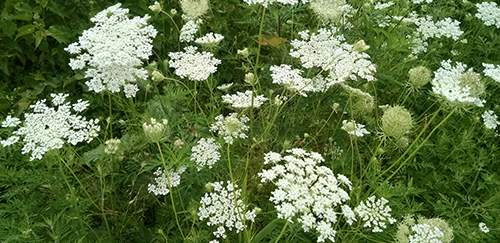
The problem is, it’s relatively easy to confuse them with water hemlock, a highly toxic wild weed. Make sure you’re confident in your identification, and you know how to distinguish between queen Anne’s lace and poison hemlock.
#17. Wild Grape
Birds love to eat wild grapes and spread their seeds far and wide. They can be seen growing up just about anything vertical, including chain link fences and telephone poles.
Most people know how to identify grape leaves, and the fruit looks just store-bought grapes, only much smaller. The hardest part is beating the birds to the fruit.
#18. Daylilies
Found wild alongside highways, or growing out of neighborhood perennial beds, daylilies are a tasty treat. The flowers taste like fresh, sweet spring peas with added floral notes. Though I’ve always heard to eat the unopened buds, I’ve found that the mature, fully opened flowers have the best flavor.
#19. Violets
Both the flowers and the leaves of violets are edible and full of vitamin A and C. They can be found growing up out of shady patches of lawn or alongside sidewalks. They’re particularly resilient and have adapted well to urban environments.
#20. Raspberries
It’s pretty amazing where raspberries can survive. I’ve seen them coming up at the edges of sidewalks, and plants no more than a foot tall bearing fruit. Since the seeds are carried by birds, raspberries can sprout up just about anywhere there’s soil. The best places to look for raspberries in abundance are abandoned lots and around the edges of parks.
#21. Cattails
While most people think of cattails as something they’d see at the edge of a pond out in the sticks, it doesn’t take much water to support cattails. They can grow in any drainage ditch or low-lying area that regularly accumulates water. They’re common in highway medians where the soil has been lowered to allow for drainage from the road. Parks and abandoned lots are good places to find them too.
The rhizomes growing in the mud under the water are full of starch and can be eaten like potatoes. The stalks are a great spring vegetable, and the pollen can be used as a flour substitute in baked goods.
You may also like:
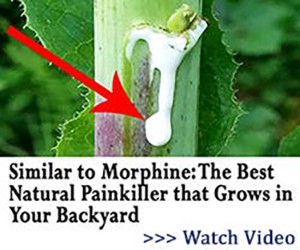 Potassium Permanganate: Why You Need It in Your Survival Kit?
Potassium Permanganate: Why You Need It in Your Survival Kit?
The 10 Medicinal Seeds You Should Plant For A Complete Backyard Pharmacy (Video)

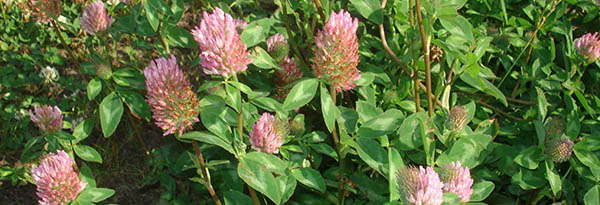
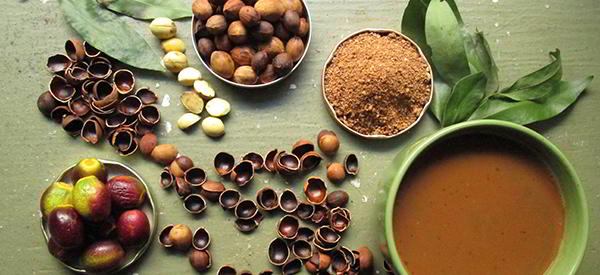
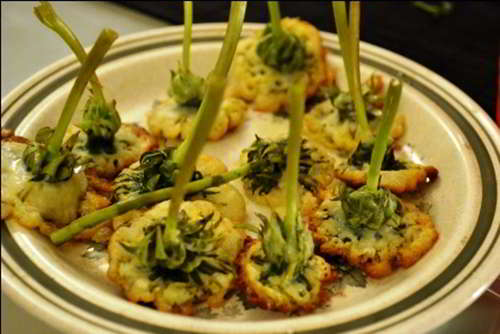
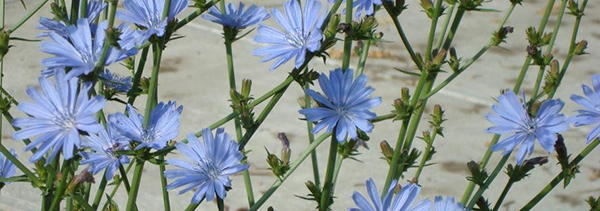
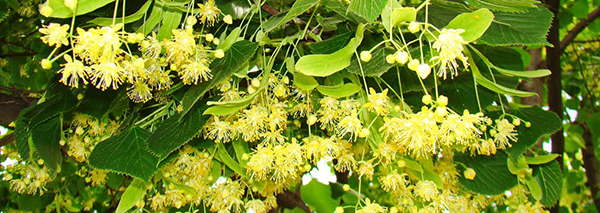
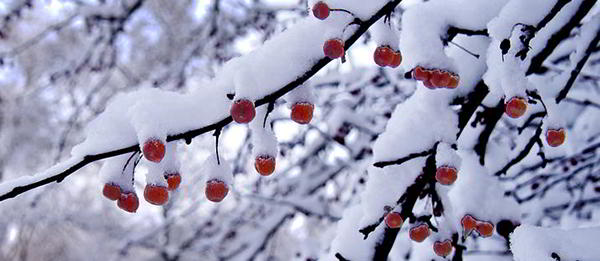

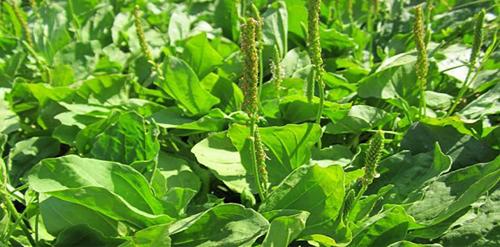
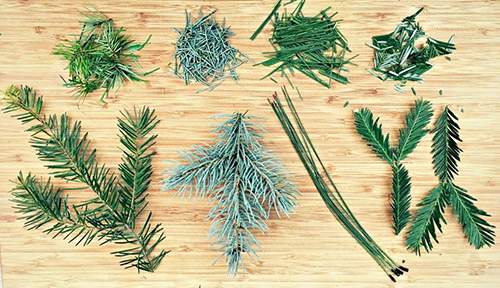
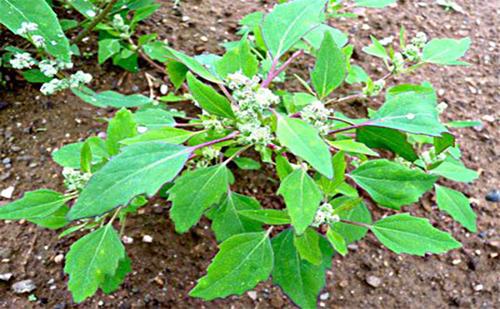
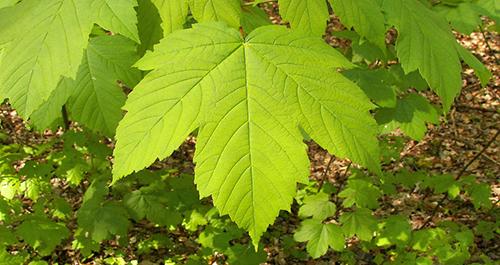
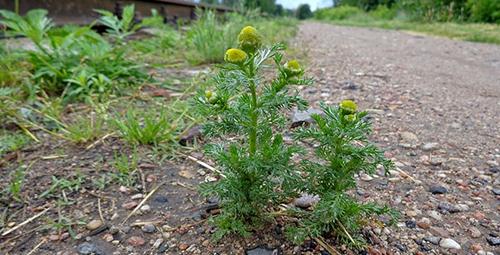
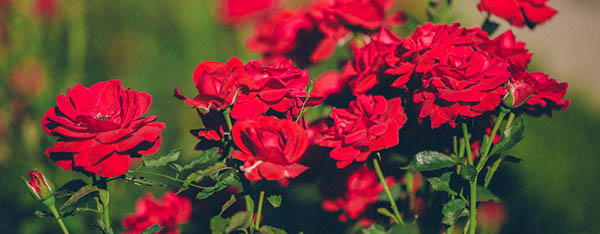

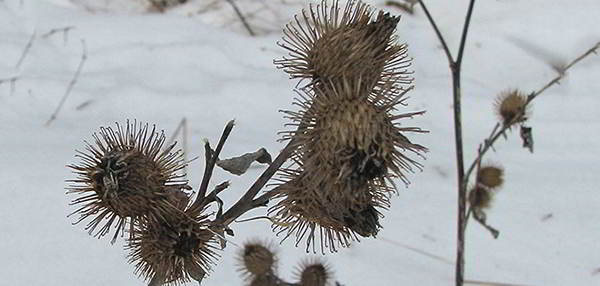
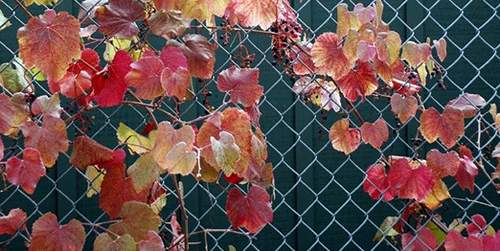
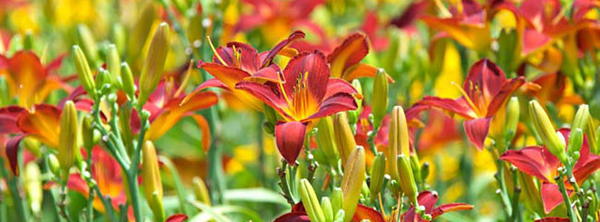
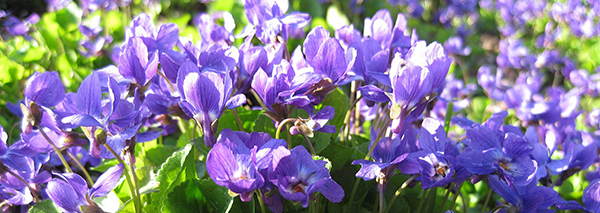
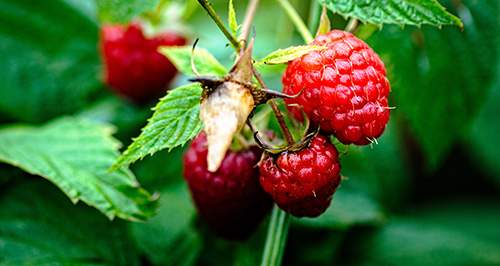
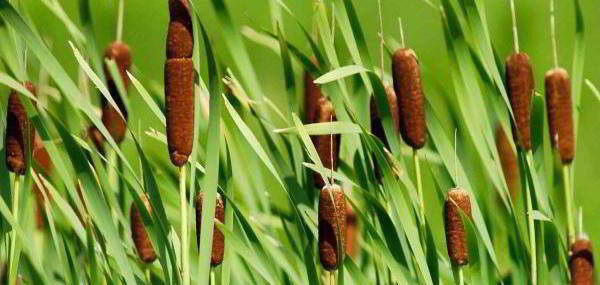
Thanks
Hi J’Ean,
Thank you so much for your kind words.
God bless!
Thank you so much Nicole.
I find this very exciting to know.
Hi Deanna,
Thank you so much for your comment. We really appreciate it.
God bless!
Thank you Nicole, Ive been reading on foraging and here in Tennessee theres a lot out there. I enjoy Sassafras leaves too, theyre wonderful tasting, when working outside. I have henbit, and purple dead nettle, and cleavers. All taste good. And a good supply of dock. Ive started my own nursery which, Im working on.
Hi Karen,
Thank you so much for your great comment. We just posted a new article on dock: https://thelostherbs.com/i-used-to-cut-this-plant-until-i-saw-this/
God bless!
I would like to know. About night shade purple berries
What are they good for and should I remove them from my garden. I Eat them but they’re over taking my years.
You are an amazing lady Nicole. I truly appreciate your knowledge, wisdom, and understanding. Your book is fantastic, along with all the other information I have received from you. Thanks again, peace and blessings to you!
Hi Charles,
Thank you so much for your kind words.
I really appreciate it.
God bless!
Best remedie, for arthritis and bursitis
Hi Linda,
Thank you so much for your comment.
God bless!
Thank you very much
Hi Tatiana,
Thank you so much for your kind words.
God bless!
Does this come in book form?
Hi Jan,
Thank you so much for your comment. You can purchase The Lost Book of Herbal Remedies where you can find over 800+ plants, remedies, poultices, salves, teas.
God bless!
Good morning
Quick question, I finally identified a “weed” growing in a field next to my yard. It seems to be “wild Teasel”. Have you heard of this and as it is growing in abundance, what can I do with it?
Dear Nicole, so good to refresh my urban edible and medicine plant knowledge.
Thank you, I’m just getting started with my study of herbs and usable weeds and wild flowering plants, my great grandmother walked around in the Smokey Mountains collecting plants for her herb business. It’s about time for me to walk in her shoes and carry on the family tradition.
[…] qualities along with its medicinal properties made this tree a popular choice for cities historically. However, its invasive nature and the noxious smell associated with its flowers have changed popular […]